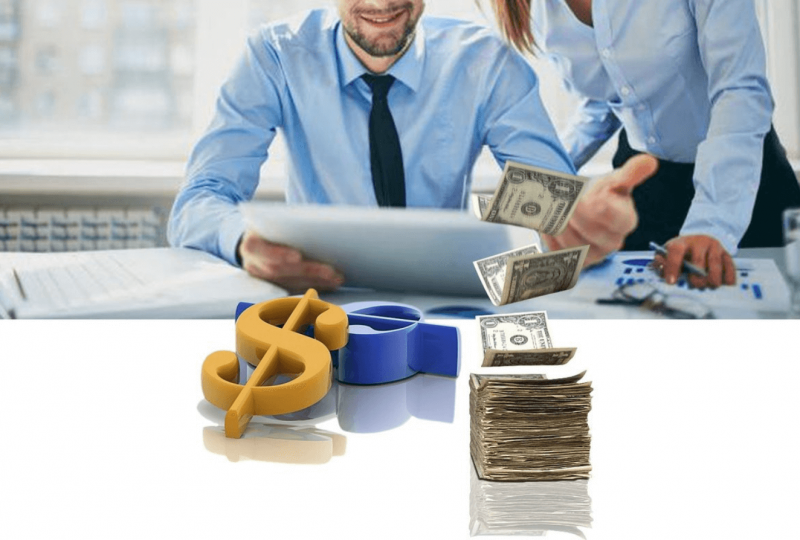China Rate Cut: Central Bank Slashes Interest Rates to Boost Economic Growth
Sep 25, 2024

China’s central bank, the People’s Bank of China (PBOC), intensified its efforts to bolster the nation’s slowing economic growth by implementing a China rate cut strategy alongside liquidity injections. This move follows a series of earlier measures aimed at reviving the world’s second-largest economy.
China Interest Rate Cut: A Multi-Pronged Approach
On September 25th, The PBOC announced a reduction in the medium-term lending facility (MLF) rate, a key benchmark for commercial banks’ lending rates. This China interest rate cut saw the MLF drop from 2.3% to 2.0%, marking the steepest reduction on record for this rate.
This action came just a day after the PBOC revealed a comprehensive stimulus package that included lowering the reserve requirement ratio (RRR), the amount of cash banks must hold as reserves. Additionally, the central bank announced plans to decrease mortgage rates for existing loans and unify minimum down payments for first and second homes.
China’s Economic Challenges: A Need for More Than Rate Cuts?
China’s economy faces significant troubles, including a prolonged slowdown in the property sector, weak consumer spending, and ongoing concerns about inflation. Notably, china economy inflation has become a growing concern, worsened by supply chain disruptions and declining demand for Chinese exports. Inflationary pressures and slowing growth have prompted the central bank to adopt more aggressive monetary easing policies. While the China rate cut and other measures are positive steps, analysts remain cautious about their ability to fully address these challenges.
However, experts suggest that relying merely on China’s interest rate cuts might not be enough to deliver long-term recovery. The lasting effects of the property crisis and passive consumer confidence require a multi-pronged approach that goes beyond monetary policy.
Global Markets Reaction
While the rate cut is intended to stimulate growth, the PBOC also took a parallel step by draining liquidity from the financial system. This delicate balance aims to prevent the economy from overheating while ensuring ample support for growth.
Global financial markets reacted swiftly to the announcement. In Asia, Shanghai and Hong Kong stocks saw gains as investors welcomed the news of additional monetary easing. However, global market experts caution that the china economic growth percentage may still fall short of previous targets without broader reforms in critical sectors.
Looking Ahead: Will China’s Stimulus Efforts Be Enough?
The success of China’s efforts to revitalise its economy hinges on several factors. The effectiveness of the China rate cut in stimulating lending and investment will be crucial. Additionally, the government’s ability to address the property market crisis and boost consumer spending will play a significant role.
The coming months will be critical as China monitors the impact of its stimulus package and adjusts its strategy as needed. While the China rate cut and liquidity injections are positive developments, only time will tell if they are enough to propel the Chinese economy back on a robust growth trajectory.
Final Remarks
As the world’s second-largest economy, China’s economic health is crucial to global financial stability. The central bank’s decision to introduce another China rate cut underlines the pressing need to shore up growth. However, the broader consensus suggests that more aggressive fiscal policies, including potential stimulus packages and reforms, may be necessary to complement these monetary actions.




